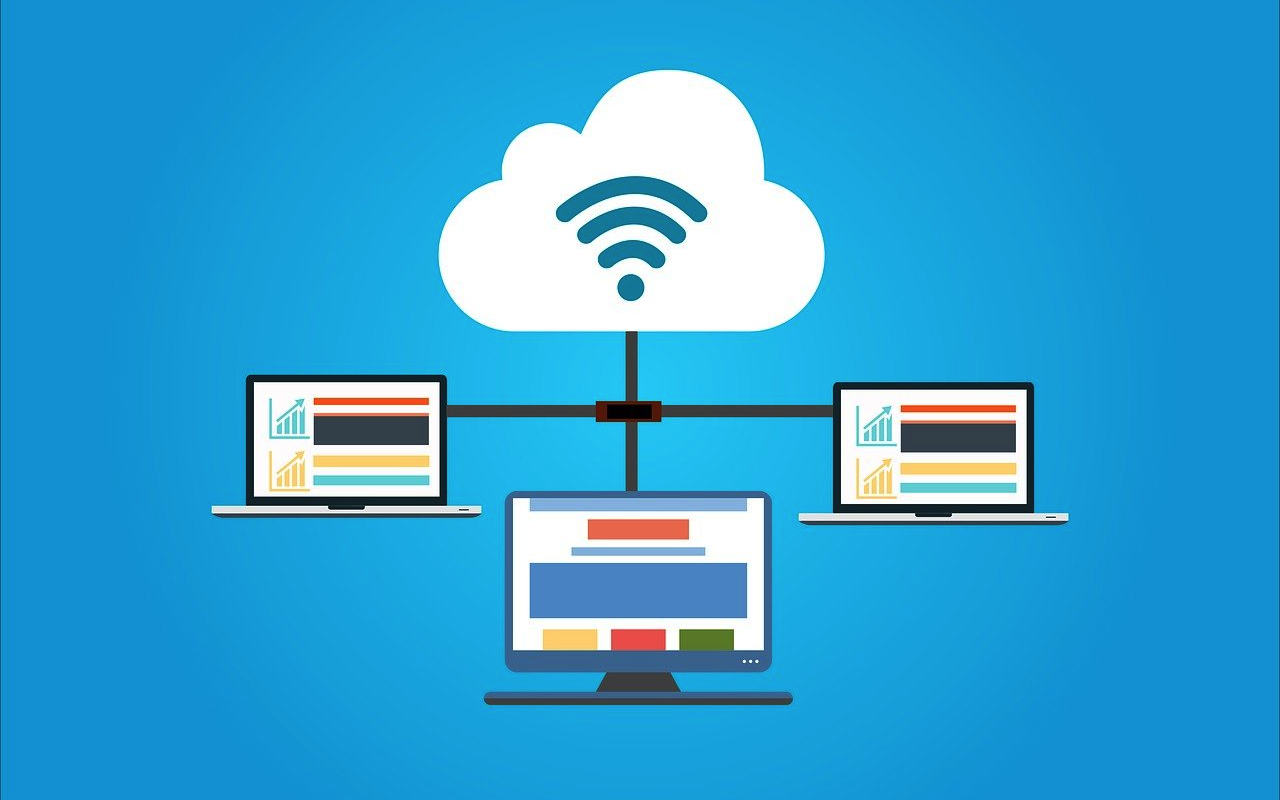
Streaming cuts out right in the middle of a scene. Your game lags just as you're about to win. And browsing? Feels like dial-up again. LTE connections promise speed, but reality doesn’t always match the hype, especially when you’re using it for more than casual scrolling.
The real frustration kicks in when you don’t know what’s causing the slowdowns or how to fix them. But the good news? You don’t need to be a tech expert to get better results. This blog covers five practical ways to get more out of your LTE connection, so you can stream, game, and work without the constant buffering or lag.
Why Your LTE Connection Feels Slower Than It Should
You sign up for a decent LTE plan, your phone shows full bars, and yet... everything still lags. Streaming stutters. Gaming feels delayed. Even simple browsing gets frustrating. If this sounds familiar, you’re not alone. Let’s break down why your LTE connection might not be living up to the speed it promises.
1. Network Congestion Is Real
When too many people use the same LTE tower at once, things slow down—fast. This usually happens during peak hours, like evenings or weekends. It’s like trying to leave a crowded parking lot after a concert. Everyone’s connected, and your data speed pays the price.
2. Your Signal Strength Isn’t What You Think
Just because you see full bars doesn’t always mean your connection is strong. Bars show signal strength, not signal quality. You might be connected, but if there’s interference or you're far from the tower, your speeds will drop.
3. Throttling Happens (Even with Unlimited Plans)
Yep, even “unlimited” data can come with limits. After you hit a certain amount of usage, your provider might slow down your speeds. This is called throttling. It’s annoying—and often hidden in the fine print.
4. Background Apps Drain Bandwidth Quietly
Sometimes, the issue isn’t your network—it’s your devices. Apps running in the background can constantly eat up bandwidth. Cloud backups, auto-updates, or even smart devices can silently choke your LTE performance.
5. Your Hardware Could Be Holding You Back
Using an outdated hotspot, router, or phone? That alone could limit your speed. Some older devices can’t handle faster LTE bands or newer technology. You might be paying for speed that your gear just can’t deliver.
There’s more to a slow LTE connection than just bad luck. From congestion to hidden throttling and sneaky background apps, the issues are fixable once you know what to look for. In the next section, we’ll go over five real ways to get your LTE working the way it should—smooth, fast, and ready for whatever you’re streaming or playing.
Top 5 Ways to Maximize Your LTE Connection
Sometimes your LTE just doesn't perform the way it should. Speeds dip, streams buffer, and gaming becomes frustrating. But the good news? You don’t have to settle. With a few smart tweaks, you can get more out of your LTE connection without spending a fortune or tearing your hair out.
1. Optimize LTE Signal Strength
Your LTE signal is everything. A weak or unstable signal will ruin streaming and make online gaming laggy. Start by testing signal strength in different spots at home. Near windows or higher floors usually work better. If your signal is still poor, consider getting an LTE signal booster. It can make a real difference in weak areas. The better your signal, the better your LTE will perform, especially for real-time tasks like gaming or Zoom calls.
2. Reduce Network Congestion
LTE networks get bogged down during peak hours. When everyone’s online, your speed drops. Try streaming or downloading large files during off-peak times—early mornings or late at night are usually better. Also, limit how many devices are using LTE at the same time, especially if you're hotspotting. Less crowding on your network means faster, more stable performance when you actually need it.
3. Use a Dedicated LTE Router or Modem
Hotspotting from a phone works in a pinch, but it’s not meant for heavy use. Speeds dip. Connections drop. Investing in a dedicated LTE router or modem gives you a more stable and faster connection. These devices are built for it. Many even come with external antenna support, so you can boost the signal even more. If you're relying on LTE as your main internet, this is one of the best upgrades you can make.
4. Switch to a Better LTE Plan or Provider
Not all LTE plans are created equal. Some are capped. Some are throttled. Some are just plain slow. Check your provider's fair usage policy. If you’re hitting data caps or being deprioritized, it’s time to consider switching. Look for plans built for heavy users—like gaming, streaming, or work-from-home. And if you’re in a rural area, choosing the best internet for gaming in rural areas can seriously improve your LTE experience.
5. Managing Device Traffic and System Settings
Too many gadgets attempting to use LTE simultaneously will weaken performance. Apart from your phone, televisions, laptops, and fridges can also go online. Use your router’s Quality of Service (QoS) settings to prioritize games and video calls, or specific devices. Background data on unused devices can also be paused or restricted. Prioritizing data distribution ensures optimal device traffic management.
Increasing your LTE connection won’t require the latest gadgets or expensive upgrades. Improvements can be made through testing signals and understanding your subscription plan. With motivation, your connection can feel much faster and match your needs. Everything will function seamlessly and effortlessly.
Common Mistakes to Avoid That Slow Down LTE
We've all been there - your LTE connection should be fast, but something's dragging it down. Often, it's simple mistakes we don't even realize we're making. Here are the most common culprits killing your LTE speed.
1. Ignoring Signal Strength
Just because you have "bars" doesn't mean you're getting a good signal. LTE performance tanks when your actual signal is weak. Check your dBm reading (in phone settings) – anything above -100 is poor. Moving just a few feet can make a big difference.
2. Using Old or Cheap Equipment
That budget router from 5 years ago? It's probably holding you back. Older devices don't support modern LTE technologies like carrier aggregation. Even your SIM card might be outdated – most carriers offer free replacements.
3. Letting Everything Update Automatically
Background app updates, cloud backups, and system patches can eat 30% of your bandwidth without you noticing. Schedule updates for nighttime or set your devices to "metered connection" to control them.
4. Not Restarting Your Devices
Your modem and router need occasional reboots. Over time, they develop memory leaks and connection issues. Try the classic "turn it off and on again" at least once a week – you'll be surprised how often it works.
5. Assuming All LTE Plans Are Equal
Many "unlimited" plans throttle speeds after certain usage. Some providers prioritize certain traffic types. Always read the fine print – paying a little more often means better, more consistent speeds.
Avoiding these common mistakes can give your LTE connection an instant boost. Begin by checking your real signal strength, upgrading old gear, controlling updates, rebooting regularly, and ensuring you're on the right plan. Small changes add up to big speed improvements.
Wrapping Up
A slow LTE connection can stutter almost everything, in streaming, gaming, or even simple web browsing. But it is possible to enhance stability and speed without changing your plan or provider. Managing your network and background data, or upgrading your LTE modem, can often greatly improve performance.
Understanding your network congestion periods can assist you in managing background data as well. This can greatly benefit those residing in rural areas, when LTE is the only available option. In that case, knowing how to choose the best internet for gaming in rural areas can greatly improve your experience. With proper adjustments, your connection can outdo your performance standards.
Featured Image by Pixabay.
Share this post
Leave a comment
All comments are moderated. Spammy and bot submitted comments are deleted. Please submit the comments that are helpful to others, and we'll approve your comments. A comment that includes outbound link will only be approved if the content is relevant to the topic, and has some value to our readers.

Comments (0)
No comment